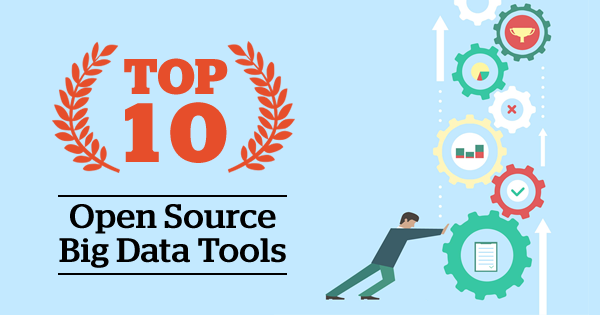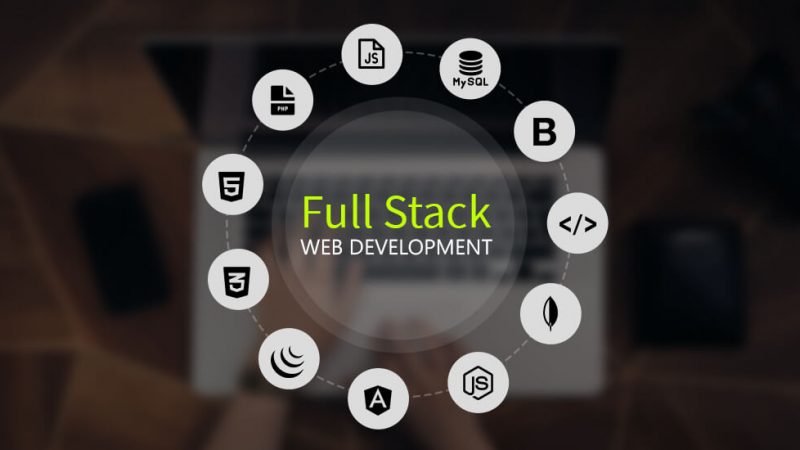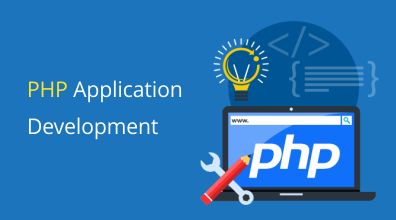What is Python?
The idea of Python originated in 1989 when its creator Guido van Rossum was confronted by the shortcomings of ABC language (namely extensibility). Rossum started work on developing a new language that integrated all good features of ABC language and new desired features, such as extensibility and exception handling. Python 1.0 was released in 1994; it borrowed the module system from Modula-3, had the capability to interact with Amoeba operating system, and included functional programming tools.
In 2000, Python’s core development team moved to Beopen.com, and in October 2000, Python 2.0 was released with many improvisations including a garbage collector and support for Unicode.
December 2008 saw the release of Python 3.0, giving up backward compatibility and possessing a new design to avoid duplicative constructs and modules. It is still a multi-paradigm language offering developers the options of object-orientation, structured programming and functional programming.
Python today has multiple implementations including Jython,scripted in Java language for Java Virtual Machine; IronPythonwritten in C# for the Common Language Infrastructure, and PyPyversionwritten in RPython and translated into C. To be noted, Cpythonwhich is written in C and developed by Python Software Foundation is the default and most popular implementation of Python. While these implementations work in the native language they are written in, they are also capable of interacting with other languages through use of modules. Most of these modules work on community development model and are open-source and free.
Released in February 2015, Python 3.4.3 offers drastic improvement in Unicode support, among other new features. Python 3.5 is currently in development, with scheduled release in September 2015.
Applications of Python
- GUI based desktop applications
- Image processing and graphic design applications
- Scientific and computational applications
- Games
- Web frameworks and web applications
- Enterprise and business applications
- Operating systems
- Language development
- Prototyping
Advantages/Benefits of Python
The diverse application of the Python language is a result of the combination of features which give this language an edge over others. Some of the benefits of programming in Python include:
1. Presence of Third Party Modules:
The Python Package Index (PyPI) contains numerous third-party modules that make Python capable of interacting with most of the other languages and platforms.
2. Extensive Support Libraries:
Python provides alarge standard library which includes areas like internet protocols, string operations, web services tools and operating system interfaces. Many high use programming tasks have already been scripted into the standard library which reduces length of code to be written significantly.
3. Open Source and Community Development:
Python language is developed under an OSI-approved open source license, which makes it free to use and distribute, including for commercial purposes.
Further, its development is driven by the community which collaborates for its code through hosting conferences and mailing lists, and provides for its numerous modules.
4. Learning Ease and Support Available:
Python offers excellent readability and uncluttered simple-to-learn syntax which helps beginners to utilize this programming language. The code style guidelines, PEP 8, provide a set of rules to facilitate the formatting of code. Additionally, the wide base of users and active developers has resulted in a rich internet resource bank to encourage development and the continued adoption of the language.
5. User-friendly Data Structures:
Python has built-in list and dictionary data structures which can be used to construct fast runtime data structures. Further, Python also provides the option of dynamic high-level data typing which reduces the length of support code that is needed.
6. Productivity and Speed:
Python has clean object-oriented design, provides enhanced process control capabilities, and possesses strong integration and text processing capabilities and its own unit testing framework, all of which contribute to the increase in its speed and productivity. Python is considered a viable option for building complex multi-protocol network applications.








